Can a tiny Australian coal town reinvent itself?
The Hazelwood power station and coal mine are just visible from David Briggs’ property up in the mountains that surround the town of Morwell. He sweeps an outstretched arm across the valley and points, in case I miss it. His old fluorescent mining jacket hangs loosely on his frail limbs.
 photo by Tony Jackson
photo by Tony Jackson
Morwell is a small town encircled by open-cut coal mines and power stations in the Australian state of Victoria, less than a hundred miles east of Melbourne. A few miles to the north of it stand the massive exhaust stacks of the Yallourn power plant. Farther east lies the Loy Yang plant. The Hazelwood power plant and mine complex pushes right up against the town’s southern border; only a four-lane freeway and a thin strip of grass separate the mine from some homes. All power lines from here lead to Melbourne.
In February 2014, at the tail end of a scorching Australian summer of record heatwaves, it was there that a change in wind brought an out-of -control bushfire into the northern face of the open-cut coal mine. Briggs, 55, usually works on mines up in northern Australia, but he was back home here on holidays when the fire broke out. He got a call from a contractor saying they were looking for machinery operators to help put out the blaze. He figured, Why not? It would probably be a couple of days’ work. Briggs shakes his head now, remembering, and his eyes glaze over. “Of course in hindsight, I never would have taken it,” he says.
The Hazelwood mine fire would burn for 45 days straight, sending plumes of toxic smoke and ash over the town of Morwell and across the entire Latrobe Valley. People had to walk through thick, chemically laced ash to get home, and even the interiors of many houses were covered in black dust. As hundreds of Morwell residents began complaining about shortness of breath, headaches, dizziness, asthma, and bloody noses, schools began to bus children out during the day. Only after the fire had already been burning for 19 days did the state health department recommend temporary relocation of “vulnerable people” – pregnant women, the old, and the very young – from the southern part of town.
For the next eight weeks Briggs worked twelve-hour nightshifts, six days a week, using machinery to move the burning coal to allow it to cool off. During the day it was difficult to see what was on fire, but at night the burning walls of the opencast mine would glow orange.
In September 2014, long after the fire was out, Briggs fell sick with what he thought was the flu. The local doctor referred him to a hospital for tests that came back positive for pulmonary fibrosis – a terminal lung disease caused by scarring throughout the lungs. Briggs is being kept alive by medicines that are gradually becoming less effective. His doctors are considering chemotherapy as a final effort to prolong his life. He is unable to work and money has become tight.
While no direct link can be proven, Briggs believes there is no other explanation for his disease than the fire. He says that while working on the fire, none of the crew was given respiratory masks to wear. Engie (formerly known as GDF Suez), the French energy giant that owns the Hazelwood plant and mine, says the company had hired subcontractors for the fire-suppression work and had given them respiratory masks to pass on to their workers.
From the paddock we walk back to the large converted shed where Briggs lives with his wife Penny. Briggs is excited to have me there, listening, and he tells Penny that he showed me the distant outline of Hazelwood way out in the valley. She snorts. “A bazooka will be what we will buy next!” He lifts his eyebrows at her and she shrugs her shoulders, “What? We have nothing left to lose,” she says.
Briggs’ death, when it comes, will add to the list of fatalities likely linked to the mine fire.
Hazelwood is one of four major power plants located in the greater Latrobe Valley region. The coal burned at these plants is brown coal or lignite. Found near the surface in thick seams, this kind of coal lends itself to low-cost, large scale, open-cut mining. However, its high moisture content – which ranges from 48-70 percent – reduces its effective energy content and also makes it expensive to transport long distances, unlike the more commonly mined black coal. Brown coal, therefore, has to be burned in power plants close to where it is mined. The Hazelwood plant is located right next to its associated mine.
The Latrobe Valley region, which produces around 85 percent of Victoria’s electricity needs, contains an estimated 65 billion tons of brown coal. Coal mining in the valley started in the 1920s and steadily expanded to keep up with the growth of Australia’s second most populous state. Home to around 100,000 people, the valley is a place still longing for its better days. While there are some farms in the region and a few other industries – timber and paper mills, and a dairy factory – coal mining is and always has been the biggest driver of the area’s economy.
 photo by Jarni BlakkarlyDavid Briggs, who spent eight weeks helping to put out the Hazelwood fire, has been diagnosed with pulmonary fibrosis, a fatal lung disease.
photo by Jarni BlakkarlyDavid Briggs, who spent eight weeks helping to put out the Hazelwood fire, has been diagnosed with pulmonary fibrosis, a fatal lung disease.
But while brown coal brought jobs and revenue into the region, it also brought along an unwelcome side effect: air pollution. Burning lignite generates slightly more CO2 emissions than black coal (by about 6 percent), and between three and seven times more than gas. In fact, brown coal use is one of the largest contributors to Australia’s total domestic greenhouse gas emissions and a source of huge controversy for the country that has the highest per capita carbon emissions in the world. Additionally, just as with black coal, burning brown coal produces dust, nitrous oxides, and sulfur dioxide emissions – a toxic cocktail that can increase the risk of lung cancer, chronic bronchitis, heart disease, and many other respiratory ailments.
Three vast open cut mines – Loy Yang, Yallourn, and Hazelwood – all of which are old and inefficient, feed four power plants in Latrobe Valley. And by all accounts, the Hazelwood plant, which is served by the Hazelwood mine and until recently single-handedly produced 25 percent of Victoria’s power needs, is the worst of the lot.
The Hazelwood complex has played a prominent role in Australia’s national debate on climate change since well before the mine fire, which turned out to be one of the biggest environmental disasters in Victoria’s history. Back in 2005, a World Wildlife Fund report found the now 50-year-old plant to be the dirtiest in the industrialized world, and it retains that dubious distinction to this day. Hazelwood emits around 17 million tons of carbon dioxide a year, the equivalent of around 2.8 percent of the entire country’s annual emissions.
Before it was privatized in 1996, the plant was scheduled to be taken offline in 2005. But after the then-new corporate owners, the United Kingdom-based International Power, made some upgrades in the plant’s infrastructure to reduce dust emissions, Victoria extended its mining license until at least 2030. The aging plant has become a symbol of one of the big challenges Australia faces in transitioning to a cleaner energy system: shifting away from dirty coal. In the bargain, it has also become a frequent target of environmentalists who want the country to decarbonize its economy.
The most significant action against Hazelwood took place in 2009, as the Australian parliament was debating the implementation of a carbon emissions trading scheme introduced by the Julia Gillard Labor government (and repealed in 2014 by the Tony Abbot Liberal government). In September that year, hundreds of activists from the “Switch Off Hazelwood” campaign converged on Morwell marching, chanting, and carrying banners. Some clashed with police at the gates of the power station and 22 people were arrested for trespassing.
Over this same period of time, by dint of its association with Hazelwood, the little town of Morwell too, has taken up a unique spot in the national psyche – as a place synonymous with pollution.
There isn’t much to Morwell, population 14,000, which grabs the eye. A strip of stores lines both sides of the main street, some of which have “for lease” signs on the windows. Beyond that there’s suburban sprawl of mostly rundown, weatherboard homes. There are a few much nicer modern estates around the edges of the town where those on well-paid, full-time mining jobs live. Unemployment rates are high here, as is crime, which is no surprise given Morwell is one of the most economically depressed towns in Victoria. It would be an entirely forgettable town if it weren’t for the mines.
 photo by Keith Pakenham / Country Fire Authority
photo by Keith Pakenham / Country Fire Authority
Along with the rest of the population of Latrobe Valley, residents here have the lowest life expectancy in Victoria. (It doesn’t help that the valley also has the highest smoking rate in the state.) People here, especially among power plant workers, are seven times more likely to contract asbestos-related diseases like mesothelioma, than anywhere else in Victoria because the toxic material was used to build the plants back in the day. Essentially, Morwell is one of those innumerable places across the world that environmental activist and author Naomi Klein describes as a “sacrifice zones” – poor, out-of-the way communities that may have once had a thriving industry, but now, as the industry is on the wane, are left dealing with the brunt of resource extraction.
Everyone you talk with in Morwell will tell you how privatization destroyed the place.
Until the 1990s the mine was operated by the State Electricity Commission of Victoria (SECV). Locals gave it the nickname “Slow, Easy, and Comfortable” for its well-paid and easy-going jobs. Then in the 1990s the conservative state government began to privatize the industry. At least 50,000 direct jobs, which employed about a third of Morwell’s population at the time, were lost. Thousands more would eventually be cut, leading to a mass population exodus from the region.
“We never really recovered from privatization,” says Luke van der Meulen, president of the mining and energy division of the Construction, Forestry, Mining and Energy Union (CFMEU). The offices of the local CFMEU are only a short turn off the road to Hazelwood. They look out on one of the now-closed and rusting sections of the power station.
Van der Meulen, a lifelong miner and unionist who is nearing retirement, leads me down a long, empty corridor lined with drab brown ‘80s carpeting into a meeting room. He is passionate and speaks straight to the point. As we talk he occasionally lurches out of his chair mid-sentence and walks across the room to take a photo off the wall that illustrates what he is trying to say. He points to photos of decades-old fires and accidents. “In the past we’ve had fires, even bigger ones that would burn for five, six, seven days,” he says. “I don’t think anyone thought [the 2014 one] was going to be a 45-day fire.”
Immediately after the fire, the Victoria government set up an inquiry that found that the incident was entirely foreseeable given that bushfires are a common part of life in rural Australia during long hot summers, and that it could have been put out faster had Engie done more than take a “minimal compliance” attitude towards fire risk.
Van der Meulen also lays plenty of blame on the government regulators and International Power, the earlier corporate owner of Hazelwood that Engie bought out in 2012. However, more than two years on he has a resigned attitude. “This is privatization – what do you expect?” he says. “Our entire society is set up around an economy. The companies must be guaranteed a profit and the community gets pushed out of the way.”
Pushed out of sight is how the residents of Morwell felt in the days after the fire broke out, when there seemed to be little concern about their well-being. Increasingly frustrated at the government’s slow response to their health concerns, Tracie Lund, a local social worker, began compiling lists of health complaints from residents. Weeks into the fire, Lund and other community members organized the first protest demanding action and accountability. A citizens’ group, Voices of the Valley, emerged from the ashes of the disaster. Small towns in Australia aren’t usually associated with activism, but this time it was different. “You have a community that thought it was being looked after by these mining companies,” Lund says, “then all of sudden, Mother’s not minding the gate anymore.” It was time to take matters into their own hands.
Lund says the initial government inquiry that wrapped up August 2014, some six months after the fire, was all about getting things back to business as usual as soon as possible. Voices of the Valley began campaigning to have the inquiry reopened to examine whether smoke from the fire had caused premature deaths in the area. It also urged the government to explore longer-term goals for mine rehabilitation and the future of Morwell if the coal industry were to shut down.
 photo by Keith Pakenham / Country Fire AuthorityDuring the day, it was hard to see which parts of the Hazelwood coal mine were on fire, but at night the walls of the mine would glow orange.
photo by Keith Pakenham / Country Fire AuthorityDuring the day, it was hard to see which parts of the Hazelwood coal mine were on fire, but at night the walls of the mine would glow orange.
In November 2014, Lund ran as an independent for the seat of Morwell in the state elections. “Someone had to stand up and present an alternative to the major parties. They have neglected this seat for far too long,” she says. “They are looking after corporate interests, mining interests, everyone but the community they are supposed to represent.” She ended up securing just over 10 percent of the vote in the state election; however she hails turning the once safe-seat into a marginal one a success. Pressure from her campaign contributed to the new Labor government’s decision in May 2015 to reopen the Hazelwood fire inquiry.
In February 2016, the new inquiry handed down its report that found the fire likely contributed to premature deaths in the region. The report recommended that about $45 million (US) be spent to improve the health of local residents. In yet another report published in April, the inquiry team recommended that the government dramatically increase the amount mine operators for all three of the Latrobe Valley’s mines are required to set aside for mine rehabilitation costs. Bonds are meant to cover 100 percent of the cleanup if a company collapses or defaults, but the inquiry found that the rehabilitation bonds paid by the plants were much lower than the real cost of cleaning up the sites. The amount Engie is required to put aside for rehabilitating Hazelwood rose 500 percent from $11 million to $55 million. The state government has said that it will eventually implement all the recommendations made by the inquiry.
Wendy Farmer, president of Voices of the Valley, is pleased with the outcome of the inquiry, but both she and Lund say that the government needs to develop a comprehensive plan to help Latrobe Valley transition away from coal so that places like Morwell don’t turn into ghost towns when the power plants shut down. “We’ve never had so much attention in the Latrobe Valley as we do right now,” Farmer says, “If we don’t take this opportunity, we’ve lost it.”
While supportive of the concept of transitioning the economy away from coal, Van der Meulen from the CFMEU, is far from hopeful. “We all want to use this term ‘transition’ because it’s better than just ‘collapse,’ [or] saying ‘well when these power stations shut down we got nothing,’” he says. He points out car manufacturing, a once major industry, is on its way out across Australia, then he raises his hands as if to surrender: “These ‘jobs of the future’ for the Valley? Fucked if I know what they are, haven’t got a clue.”
Afew years ago, any discussion about the region’s future post-coal would have been almost unthinkable in Morwell, or in any of the coal-mining towns in Latrobe Valley. After all, the region still has some 500 years’ worth of untapped brown coal deposits just sitting there. But the 2014 fire woke up many staunchly pro-coal locals to the risks of living next to a coal mine and provided an opening for such conversations.
“Before the fire this was all rumbling away but you just couldn’t talk about it,” Lund told me. “It might be an ugly discussion that no one wants to hear, but this conversation needs to be had,” she says, calling it a silver lining of the disaster.
The Hazelwood fire also refocused national attention on the need to shut down the country’s most polluting coal plants if Australia were to even begin the task of meeting its emissions reduction targets.
 photo by Jarni BlakkarlyThe 2014 fire opened the door for honest discussions about the region’s future post-coal,
photo by Jarni BlakkarlyThe 2014 fire opened the door for honest discussions about the region’s future post-coal,
says Morwell resident and activist Tracie Lund.
At the Paris climate talks last year, Australia – which ranks well below the US and China when it comes to carbon emissions, but is in the top 20 emitters globally – committed to a 26 to 28 percent reduction from 2005 emission levels by 2030, a pledge that was on the lower end of commitments by developed nations. (The Climate Change Authority, an independent agency that provides expert climate advice to the government, has said Australia needs to reduce emissions to between 40 and 60 percent of 2000 levels by 2030 to be taking on its “fair share” of global emission reduction efforts.)
According to the Australian Energy Market Operator, the agency that runs the national electricity grid, the country’s coal-fired power stations will face early closure if the nation is to meet even these modest emissions-reduction commitments. Starting with shuttering the Latrobe Valley’s brown coal plants should be a no-brainer. But given the tangled mess of environmental politics in this country – where 60 percent of electrical power comes from coal – it’s not clear if and when that will happen. Australia is also one of the world’s biggest black coal exporters – and is considering permitting a new coal mine in Queensland that would be Australia’s largest.
There’s been some cautious optimism among environmentalists since last September, when Malcolm Turnbull ousted his Liberal Party colleague Tony Abbott, a vocal climate sceptic, as prime minister. Many hoped Turnbull would take stronger action on climate change, as he had been an outspoken supporter of the Gillard emissions trading scheme back in 2009. However, the country’s new leader, constrained by his party’s right wing, has yet to reveal any plans for a progressive environmental policy.
While politicians continue to hedge their bets, it seems that the combined realities of climate change and global market forces are already catalyzing the gradual demise of the country’s coal industry.
In January, an Oxford University report found that Australian coal mines are one of the riskiest investments in the world because of their unusual reliance on exporting coal. Though brown coal is used up locally, Australia exports in total more than three times as much coal as it consumes locally. Therefore, most coal mining in the country is reliant on the global market, where demand is falling because of competition with renewables.
A similar scenario is playing out in the domestic power sector. In May this year, as the rise in wind and solar power production in South Australia resulted in an oversupply in the National Energy Market, Engie announced that it would either close or sell the Hazelwood complex. The announcement came a week after the closure of two coal-fired power plants in South Australia that could no longer compete with wind and solar power. However, given the volatile energy market, a new buyer would be unlikely any time soon, and Engie hasn’t given a time frame for the plant closure
There’s been talk of closing Hazelwood in the past too. In 2010, when the Julia Gillard government’s fixed carbon-pricing policy came into force, the state held buyout negotiations with the valley power plant owners, but the talks collapsed after the parties couldn’t agree on a price. This time round, the Latrobe City Council wants to have a viable transition plan in place before the plants shut down.
Councilmember Sarah Rhodes-Ward says the council is having conversations with the state government and the mining industry about long term planning for the town’s economic future. “We have survived the transition to privatization before, we will survive whatever is next,” Rhodes-Ward says.
The state government has been supportive in this regard, announcing broad policies to encourage renewable energy production through purchasing power and allocating about $40 million in its recent budget toward diversifying the Latrobe Valley economy.
Though the state hasn’t made any decisions about how this money will be used and there’s some doubt about whether it’s an adequate amount, in general, there’s a sense of hope among locals that the valley can reinvent itself. And while some like Van der Meulen might not have a clue about what the jobs of the future would look like, ideas are pouring in from all sides.
Options being discussed by the city council include turning the valley into an engineering or educational hub, setting up a meat factory or even a timber-manufacturing center, and exploring alternate, cleaner uses of brown coal such as using it to make agricultural fertilizer. A workshop conducted by the nonprofit Environment Victoria produced suggestions like a motorsport complex, a concert venue, a giant lake (in place of the massive hole left by the Hazelwood mine), or even a botanical garden. Earthworker, a Melbourne-based environmental cooperative, is about to set up a solar hot water tank factory in Morwell by next year.
To meet its modest emissions-reduction goals, Australia needs to shut down
its most polluting coal plants.
Voices of the Valley too, is focusing its attention on exploring how Latrobe can be turned into a center for green energy and innovation. The valley might not be the best place for large-scale wind and solar farms but it could certainly be a key part of Australia’s new green grid, Farmer says. “Why can’t the Valley be a renewable energy hub?” she asks. “We already have all the power lines to Melbourne.”
Morwell’s makeover, if it ever materializes, could be a boon to local residents, bringing reliable jobs to the region without the health, safety, and climate risks of coal.
It will, however, be too late for David Briggs and many others who have paid the price of working in, or living next to, a dirty coal mine.
Jarni Blakkarly is a freelance journalist based in Melbourne, Australia. He tweets @jarniblakkarly.
For further information log on website :
http://www.earthisland.org/journal/index.php/eij/article/life_beyond_coal
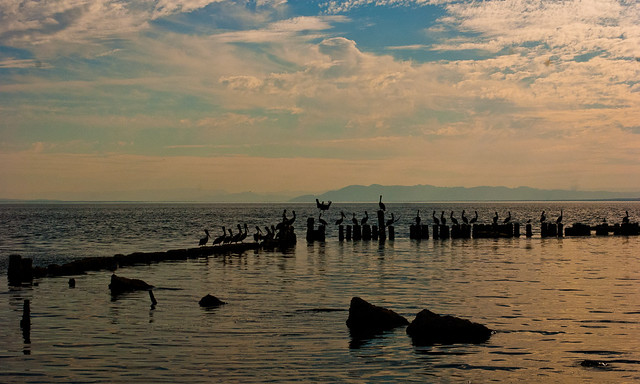 Photo by Stephen Kallao The Salton Sea announcement could play a critical role in the future management of the Colorado River.
Photo by Stephen Kallao The Salton Sea announcement could play a critical role in the future management of the Colorado River. 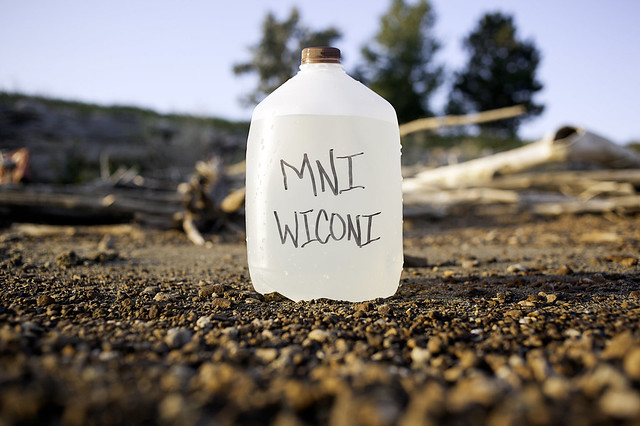 Photo by Sara Lefleur-Vetter
Photo by Sara Lefleur-Vetter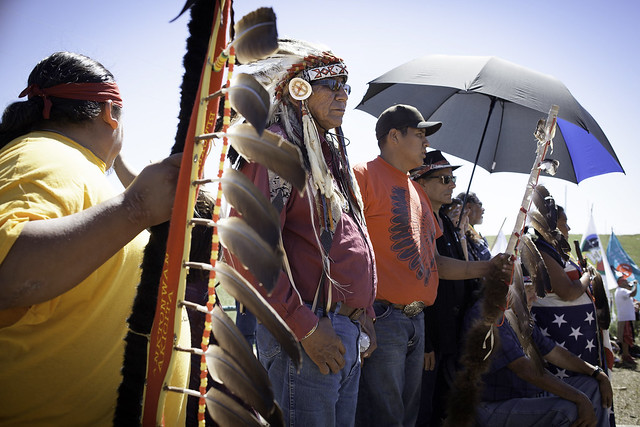 Photo by Sara Lefleur-Vetter
Photo by Sara Lefleur-Vetter Photo by Sara Lefleur-Vetter
Photo by Sara Lefleur-Vetter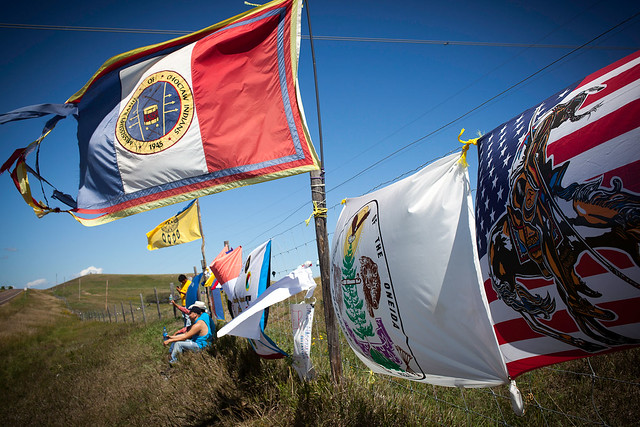 Photo by Sara Lefleur-Vetter
Photo by Sara Lefleur-Vetter Photo by Sara Lefleur-Vetter
Photo by Sara Lefleur-Vetter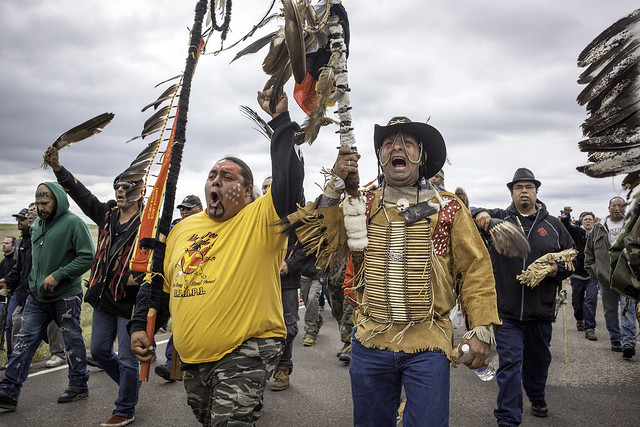 Photo by Sara Lefleur-Vetter
Photo by Sara Lefleur-Vetter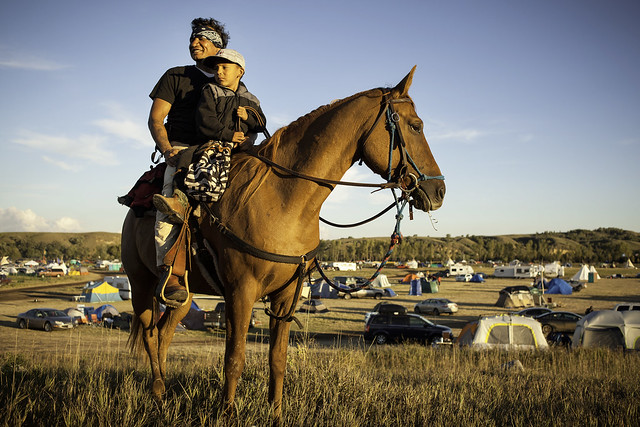 Photo by Sara Lefleur-Vetter
Photo by Sara Lefleur-Vetter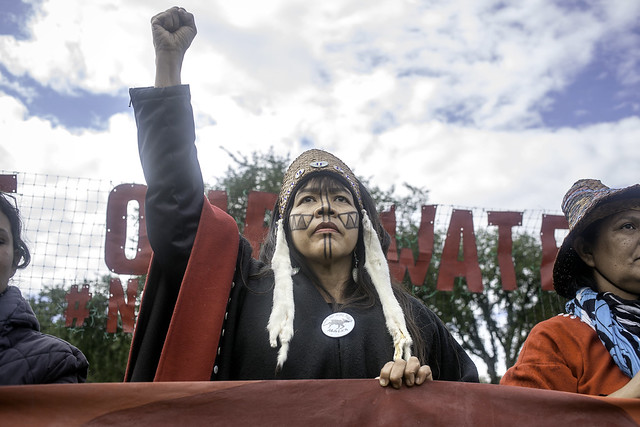 Photo by Sara Lefleur-Vetter
Photo by Sara Lefleur-Vetter Photo by Eric Carlson/Flickr
Photo by Eric Carlson/Flickr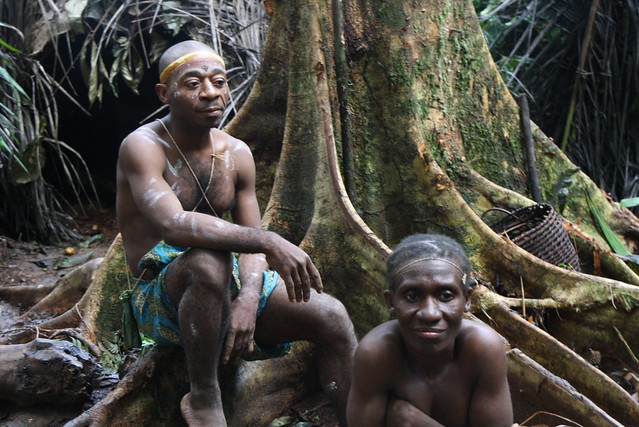 Photo by
Photo by 



